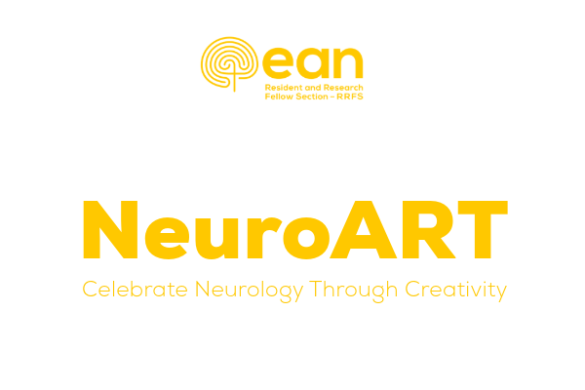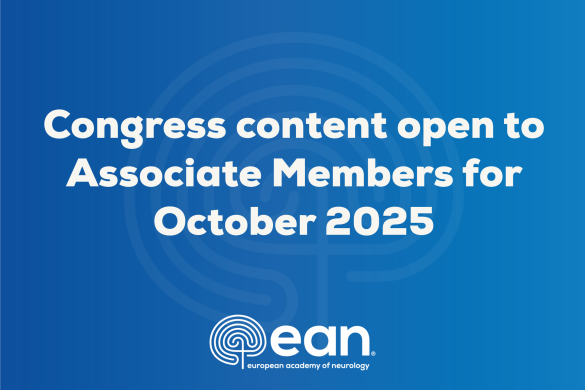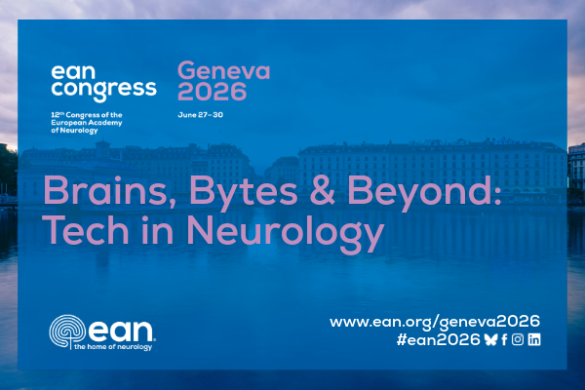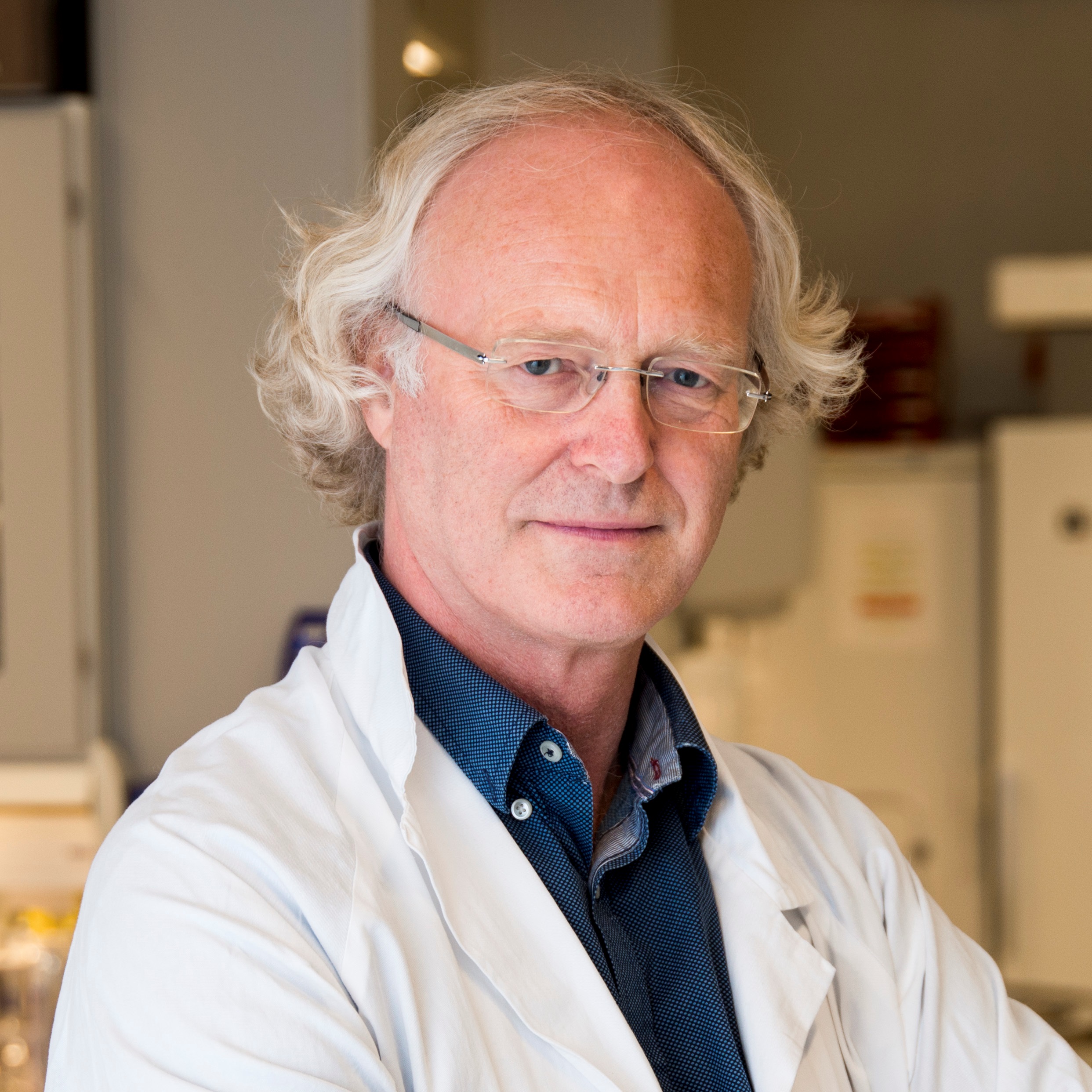
Espen Dietrichs – Member of the Local Organising Committee for the EAN Congress in Oslo, Norway 2019.
by Espen Dietrichs, Department of Neurology, Oslo University Hospital and University of Oslo
Fridtjof Nansen (1861-1930) became famous as arctic explorer, politician, humanitarian and Nobel Peace Prize laureate. What is less known, is that Fridtjof Nansen was the first Norwegian to achieve a Ph.D. in brain research. He was curator at Bergen Museum, where he studied the nervous system in primitive animals. He published his thesis in 1887. He showed that nerve cells did not work as a syncytium, but as single cells within membranes, and with no direct connections between them. He was the first to formulate and give substantial proof for the neuron theory that later gave Santiago Ramon y Cajal and Camillo Golgi the Nobel Prize in 1906. In his thesis Nansen wrote:
“I have not yet observed a single case of indubitable anastomosis between protoplasmic processes. I believe, thus, that I am entitled to affirm that a direct combination between ganglion cells, by direct anastomosis of the protoplasmic processes, does not exist.”
Whereas Norwegian experimental neurobiology started in Bergen in the 18-hundreds, University of Oslo was the important centre during the next century. Jan Birger Jansen (1898-1984) made important discoveries in comparative neuroanatomy. Alf Brodal (1910-1988) invented a new method for staining nerve fibres and did extensive mapping of neural pathways, especially in the brain stem and cerebellum. Together, Jansen and Brodal gave fundamental new descriptions of the cerebellum. Their joint scientific achievements were essential for the evolution of the famous “Oslo School of Neuroanatomy”, which attracted neuroscientists from all over the world. Researchers in the “Anatomical Institute” studied morphology, pathways and transmitters in all parts of the brain, also in the hippocampus.
The anatomists’ hippocampus interest was also taken up by scientists in the neighboring “Neurophysiological Institute”. Per Andersen was instrumental in developing “The Oslo Chamber”, where thin slices of living brain tissue can be studied with neurophysiological techniques. Studies of hippocampal slices have been important, e.g., for our understanding of the neuronal substrate for learning and memory. And another member of this neurophysiology group, Terje Lømo, was first to discover long term potentiation (LTP).
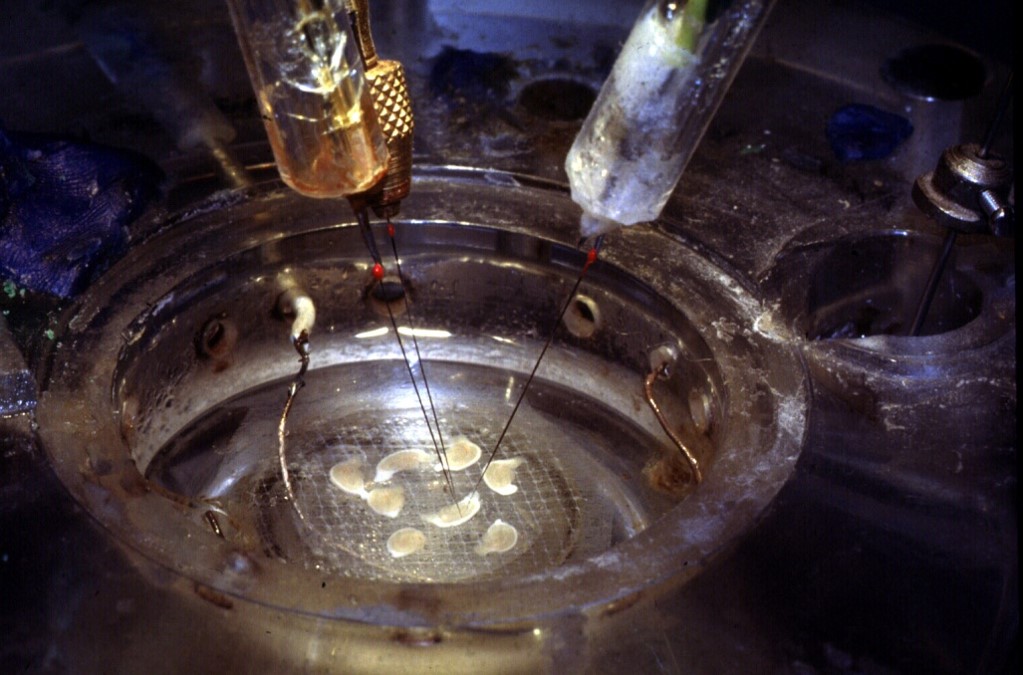
The Oslo Chamber
Even Edvard and May-Britt Moser got their basic scientific training in the «Neurophysiological Institute» in Oslo, before building up their own research institute in Trondheim. In 2014 they were awarded the Nobel Prize for physiology or medicine for their important discoveries and description of a positioning system in the brain.
by
Espen Dietrichs
Member of the Local Organising Committee for the EAN Congress in Oslo, Norway 2019.




